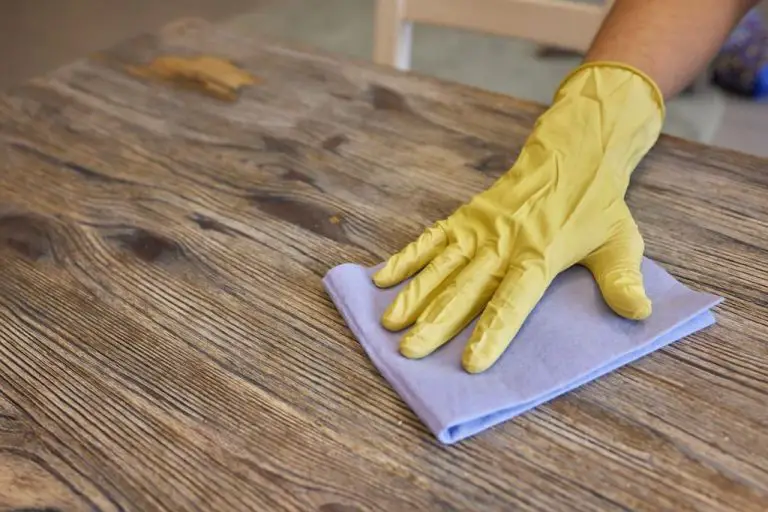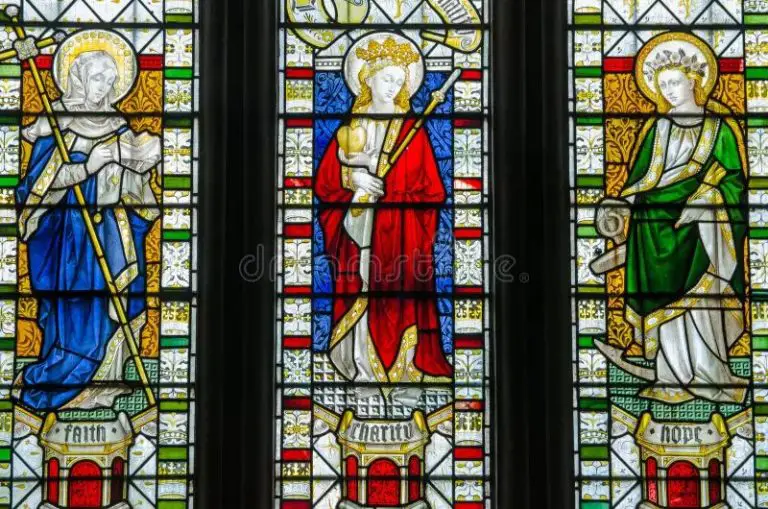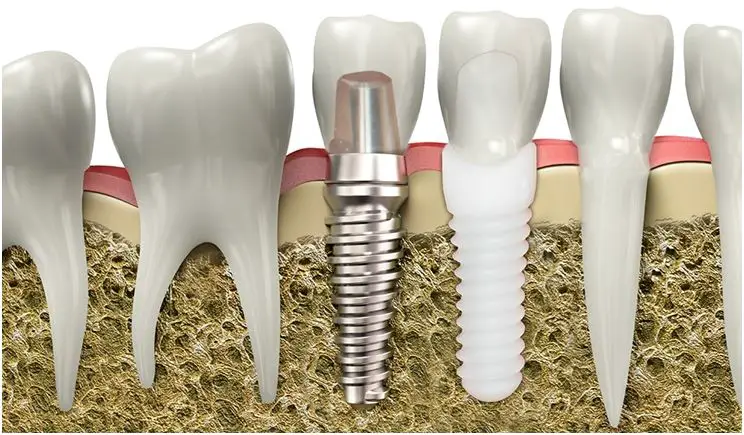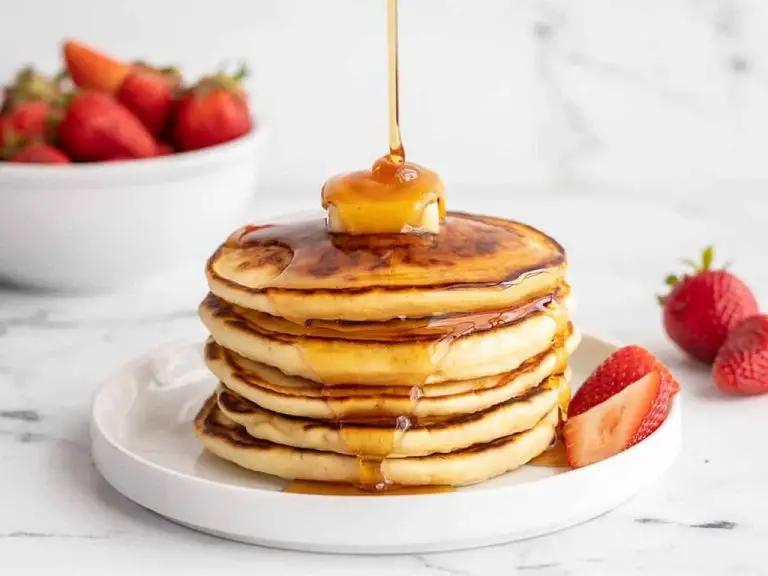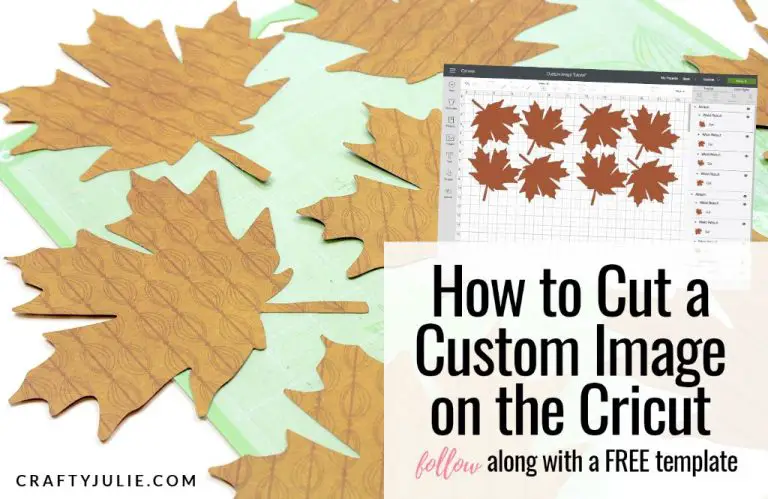What Can I Make Out Of Crayola Air Dry Clay?
Crayola Air Dry Clay is a fun type of modeling clay that is great for crafting in a variety of ways. Unlike typical clay that needs to be baked to harden, Air Dry Clay hardens on its own by drying out at room temperature. This allows kids and crafters to make fun clay projects without having to wait for things to bake in the oven.
Air Dry Clay is made using a mix of water and limestone-based minerals. When spread out into the air, the water evaporates leaving behind a hardened clay shape. Crayola offers a range of bright and colorful Air Dry Clays that allow you to make crafts that don’t just look great but also come in any color you like.
Some of the key benefits of working with Air Dry Clay include:
- No baking required – projects dry at room temperature
- Kid-friendly and mess-free
- Available in vibrant Crayola colors
- Makes lightweight finished pieces
- Easy to sculpt, mold, and shape
With a little creativity, Air Dry Clay opens up endless possibilities for DIY crafts and figurines. Once dried, pieces made of Air Dry Clay are lightweight yet durable. Read on to learn more about what you can make using this fun medium!
Supplies Needed
Crayola Air Dry Clay is the main ingredient you’ll need to make creations. It comes in white or terracotta colors. The clay doesn’t need baking or heat to dry and harden. It air dries to a ceramic-like finish within 24 hours.
You’ll also need some basic sculpting and shaping tools:
- A roller to flatten the clay into sheets
- Clay cutters to make shapes like circles, stars, hearts
- Knives and sculpting sticks to add details
- Cookie cutters or molds for shaping
- Toothpicks for making holes and textures
Acrylic paints, brushes, and sealer can be used to finish off your creations.
Making Simple Shapes
One of the easiest ways to start creating with Crayola Air Dry Clay is by making simple shapes like snakes, balls, cubes, and more. The clay is very malleable, making it perfect for rolling and shaping in your hands.
To make a snake, simply roll the clay between your palms while applying gentle pressure. Make the snake as long or as short as you’d like. You can then take the snake and coil it into different shapes like a spiral.
Balls are another basic shape you can form. Roll a piece of clay into a ball by cupping it in your hands and rolling it around. The warmth of your hands will help smooth the clay into a perfect sphere.
For cubes and other geometric shapes, lightly dust your work surface with flour or cornstarch. This will prevent the clay from sticking. Then use a rolling pin or acrylic block to roll out a flat, even sheet of clay. Cut out square or rectangular shapes using a knife or pizza cutter. The flour will allow you to lift up the cut shapes without deforming them.
Get creative and make pyramids, cylinders, stars, and anything else you can imagine. Let the clay air dry completely before moving on to painting or other projects.
Making Miniature Food
One of the most fun things to make out of Crayola Air Dry Clay is miniature food items. With the clay’s flexible nature, you can easily sculpt tiny replicas of your favorite treats. For even more realism, molds come in handy.
Silicone candy molds replicate details like ridges, swirls, and imprints. Press the clay into the mold cavities to instantly achieve designs found on real candies, cookies, and cakes. Metal bento box molds include miniature dividers and utensils, allowing you to sculpt tiny “meals” with rice, sushi, sandwiches, and more. Individual plastic molds shaped like ice cream cones, popsicles, and other treats make it easy to form these clay sweets.
Texturing the clay before baking also adds realism to miniature food. Press the back of a plastic knife lightly over the surface to mimic the tiny holes in sliced bread. Use a toothpick or skewer to poke holes in Swiss cheese or scored lines on a sub sandwich. Adding ridges to ice cream mimics the waves left by a real scoop. Lightly brush or stipple the clay with a dry paintbrush to create textures like breadcrumbs, powdered sugar, or furry peach skin.
With a variety of molds and texturing techniques, it’s easy to create mouthwatering miniature meals, treats, and snacks out of clay. Display them in a tiny bento box or on a miniature plate for a fun decorative accent.
Making Animals and Figures
Crayola Air Dry Clay is perfect for making miniature animals, people, and fanciful characters. With a little creativity, you can shape a wide variety of fun figures.
Start by forming basic shapes like balls, eggs, or coils. These shapes make up the body parts for many animals and people. For instance, roll a ball for the head and smaller balls for ears or eyes. Use a coil to create arms, legs, and tails. Blend and smooth pieces together, adding details like tails, wings, or snouts.
Let the clay air dry fully before adding decorative touches like paint, glitter, and googly eyes. Attach magnets to make refrigerator art. Create your own original characters or try modeling familiar animals like cats, dogs, and elephants.
Figures will dry faster if you insert a pipe cleaner armature before shaping the clay around it. Score lines in the clay with a dull knife or toothpick to add texture and details like scales, fur, or feathers.
Making people, animals, and fantasy creatures engages kids’ imaginations. Let them invent their own wacky monsters, fashion clay food for their figures, or recreate their favorite storybook characters out of clay.
Making Jewelry
Crayola Air Dry Clay is a fun and easy material for making jewelry. Here are some techniques you can use:
-
Roll the clay into thin coils, then cut them into small bead shapes. Use a toothpick to poke holes for stringing once dry.
-
Cut out different shapes with cookie cutters, then punch holes before drying.
-
Press rubber stamps into the clay to make patterned charms, pendants, or beads.
-
Make dangle earrings by cutting or molding clay shapes and attaching head pins before drying.
-
Create rings by rolling coils into bands, cutting them to size, and hot gluing the ends together.
Let the pieces dry fully, then paint or glaze them before stringing and assembling charming clay jewelry.
Making Magnets
Crayola Air Dry Clay can be used to make fun and functional magnets. To make magnets, start by sculpting any shape or figure you want with the clay. Make sure the clay is slightly thicker than normal, at least 1/4 to 1/2 inch thick, so it can hold the magnet in place. You can sculpt mini animals, food items, letters, numbers, or anything else you’d like to display on the fridge or magnetic board.
Next, before baking the clay, embed a small magnet into the back side or bottom of the sculpture. Super strong neodymium or rare earth magnets work best. Use hot glue to firmly secure the magnet in place. Let the glue dry completely.
Now you’re ready to bake the clay according to the package directions to harden and solidify the clay. Once cooled, the magnet should be held securely inside the clay. The sculpture can then be painted or decorated as desired.
Adding magnets is a great way to turn any clay creation into a functional fridge magnet. It also allows the clay pieces to be hung up and displayed. Make alphabet letters and spell out names, messages, or reminders. Or get creative with fun clay characters, animals and food items.
Painting Creations
Paint can be used to add color and creative designs to air dry clay creations. When choosing paint, acrylic paint works best. Unlike watercolors, acrylic paint will fully cover the clay and add opaque color. Acrylic paint also dries quickly.
Tempera and poster paint are other good options, as they are designed for arts and crafts projects. Avoid using oils or oil-based paints, as these may not adhere well to the clay surface.
When painting clay, apply a thin first coat and allow it to fully dry before adding additional coats for a more intense color. To add fine details, choose paint pens, acrylic markers, or modeling paint. Metallic acrylic paints can create cool effects on clay.
There are many creative painting techniques to try on clay:
- Sponge painting – Dab or stamp designs using a painting sponge
- Marbling – Swirl paint on the surface to create marbled patterns
- Stenciling – Use stencils and spray paint to add shapes and textures
- Freehand painting – Paint freehand designs using a brush
After sealing the clay, use paint pens to add final touches like faces, words, or other details. Let your imagination run wild when painting clay creations!
Sealing and Protecting
Once you’ve finished sculpting your clay creations, it’s important to seal and protect them before use. Air dry clay is porous and delicate until sealed. Sealing will help harden, strengthen, and preserve your clay projects.
There are several sealers and finishes you can use on air dry clay:
-
Acrylic paint or spray paint – Acrylic paint acts as a protective seal when brushed over the clay surface. Spray paint also works well for an even coat. Let paint fully dry before handling.
-
Mod Podge – This classic decoupage glue seals and protects clay when brushed on. Mod Podge dries clear and provides a smooth finish.
-
Polyurethane – Polyurethane is a common wood sealant that can be used for clay. It leaves a glossy finish and hard protective coat once dry.
-
Glaze – Ceramic glazes often come in spray cans, allowing easy application on clay. Glazes provide a smooth, glassy finish when fired in a kiln.
-
Wax – Wax like beeswax or carnauba wax give clay a soft sheen. Wax is easy to apply by rubbing it directly onto the clay.
-
Resin – Two-part resin gives clay a thick, durable, plastic-like coating. Resins bring out details well.
Test sealers on scraps first, as some may interact with clay color. Let pieces dry fully before using. Sealers help clay art stand the test of time.
Fun Activity for Kids
Air dry clay is a great medium for kids to explore their creativity. Here are some of the benefits of working with clay as well as tips for keeping kids engaged in clay projects:
Clay benefits for kids:
- Improves hand-eye coordination and fine motor skills
- Enhances creativity and self-expression
- Teaches sculpting techniques
- Helps develop planning and problem solving abilities
- Boosts self-esteem through creating finished works
Clay project ideas:
- Miniature food items like pizza, cookies, etc.
- Animals and creatures like snakes, turtles, dinosaurs
- Fantasy characters like fairies, superheroes, monsters
- Home decor items like vases, plaques
- Jewelry like beads, pendants, rings
Tips for keeping kids engaged:
- Set up at a child-height table or surface they can comfortably work at
- Cover workspace with newspaper, plastic sheet, or disposable tablecloth for easy cleanup
- Have all tools and supplies ready to go before starting
- Work alongside kids instead of just supervising so they stay motivated
- Suggest new ideas if they seem stuck but let them take the lead
- Display finished pieces proudly to encourage a sense of achievement

